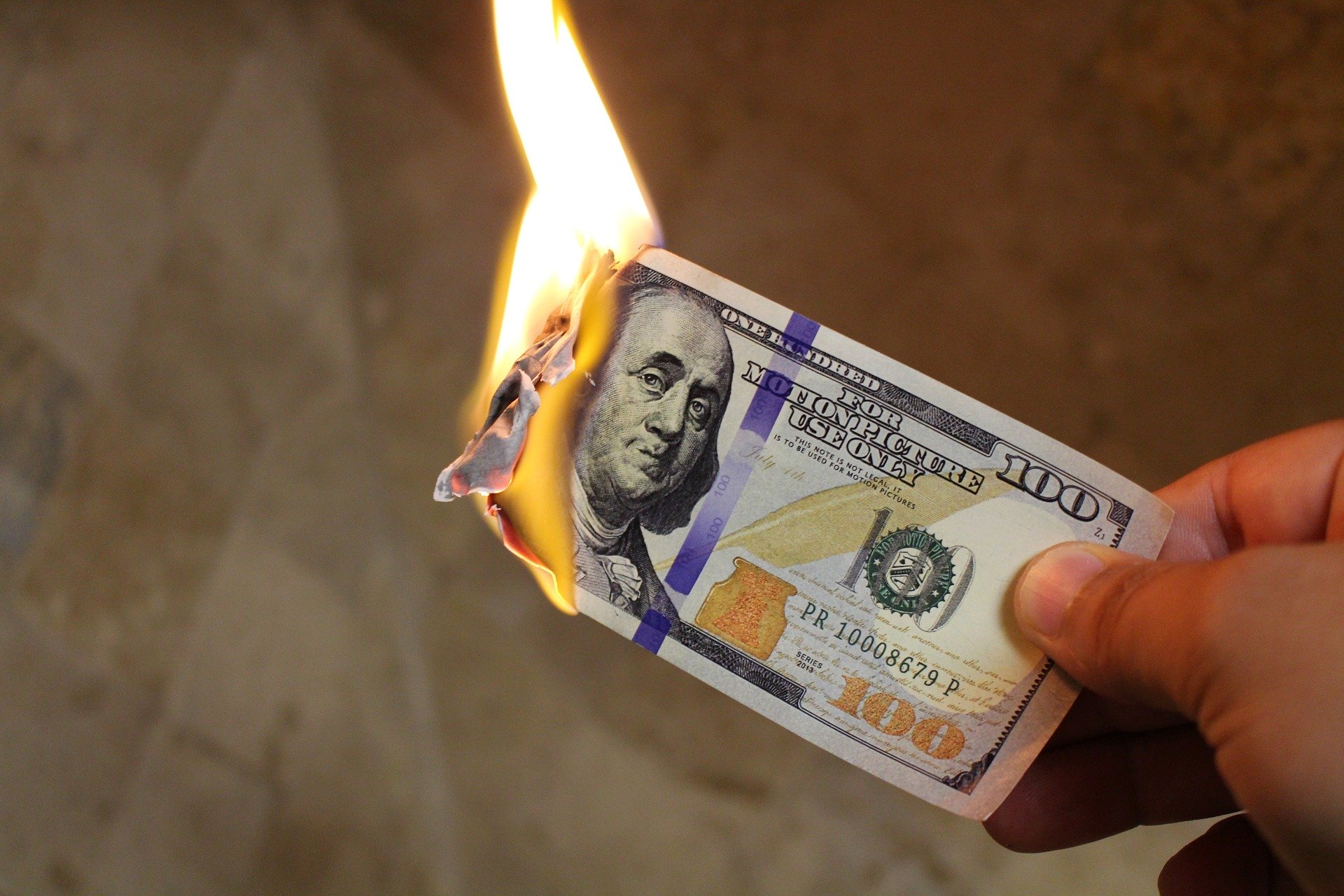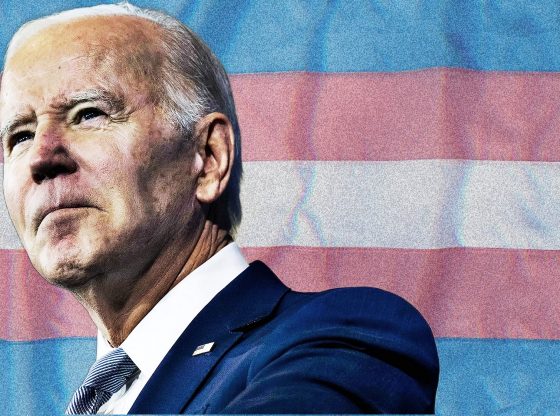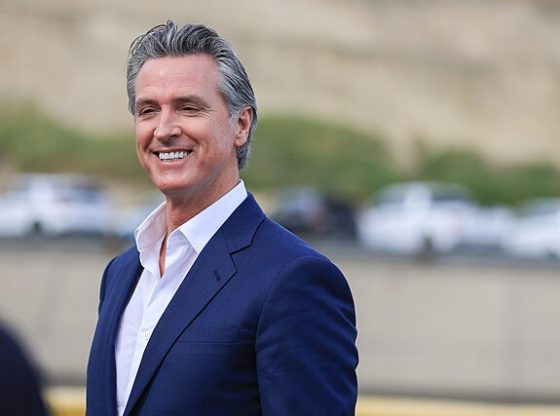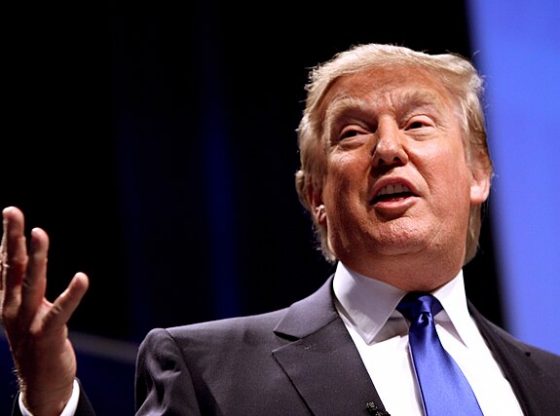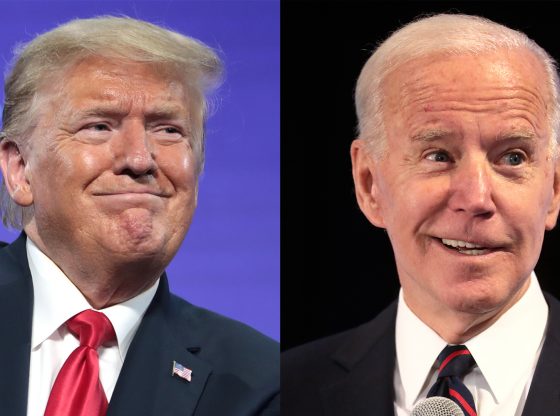The Federal Reserve announced on Wednesday that it would not change its benchmark federal funds rate as inflation continues to remain elevated.
The Fed’s decision not to change rates keeps the target range between 5.25% and 5.50%, the highest level since 2001, marking the sixth meeting in a row where the Fed chose not to adjust the rate, according to an announcement from the Fed following a meeting by the Federal Open Market Committee (FOMC). Inflation has continued to run hot in the last few months, rising to 3.5% in March, up from 3.2% in February and 3.1% in January, and far from the Fed’s 2% target.
At the FOMC’s March meeting, the Fed affirmed its projection that it released last December, indicating that the rate will end 2024 at 4.6%, meaning that it would likely cut the federal funds rate three separate times by 0.25% each during 2024. Following the recent failure to decelerate inflation, a plurality of investors currently predict that the rate will be between 5% and 5.25% by the end of the year, far less optimistic than predictions at the beginning of the year when market watchers were betting the first cut would be in March, according to CME Group’s FedWatch Tool.
Inflation measured by the consumer price index peaked under President Joe Biden at 9% year-over-year in June 2022, with prices rising a total of 18.9% since the president first took office in January 2021, according to the Federal Reserve Bank of St. Louis. The Fed’s preferred inflation gauge, the personal consumption expenditure price index, has consistently measured lower than the CPI but remained elevated at 2.7% for the year in March, rising from 2.5% in February.
Here’s what the market is pricing in for what Jerome Powell and the 🇺🇸 Fed will do to rates today according to the CME FedWatch Tool
No change: 99%
Rate Hike: 1%
Rate Cut: 0% pic.twitter.com/uYkcQCzQdM— Evan (@StockMKTNewz) May 1, 2024
Jerome Powell, chair of the Fed, warned reporters at a press conference following the FOMC’s March meeting not to dismiss recent high inflation readings simply due to excitement about the possibility of rate cuts.
Recent inflation and gross domestic product data have led some economists to speculate if the current federal funds rate is high enough to successfully reduce inflation. GDP was just 1.6% in the first quarter of 2024, stoking fears of stagflation, where economic growth is low but inflation is high, largely due to excessive government spending.
The federal government was around $34.56 trillion in debt as of April 29, according to the Treasury Department.
The Fed is also tasked with ensuring maximum employment, with the unemployment rate ticking down to 3.8% in March from 3.9% the month before. While the U.S. added 303,000 nonfarm payroll jobs in March, the number of part-time positions continued to surge while full-time employment suffered, and job gains were led by government positions, which totaled 71,000 in the month.


